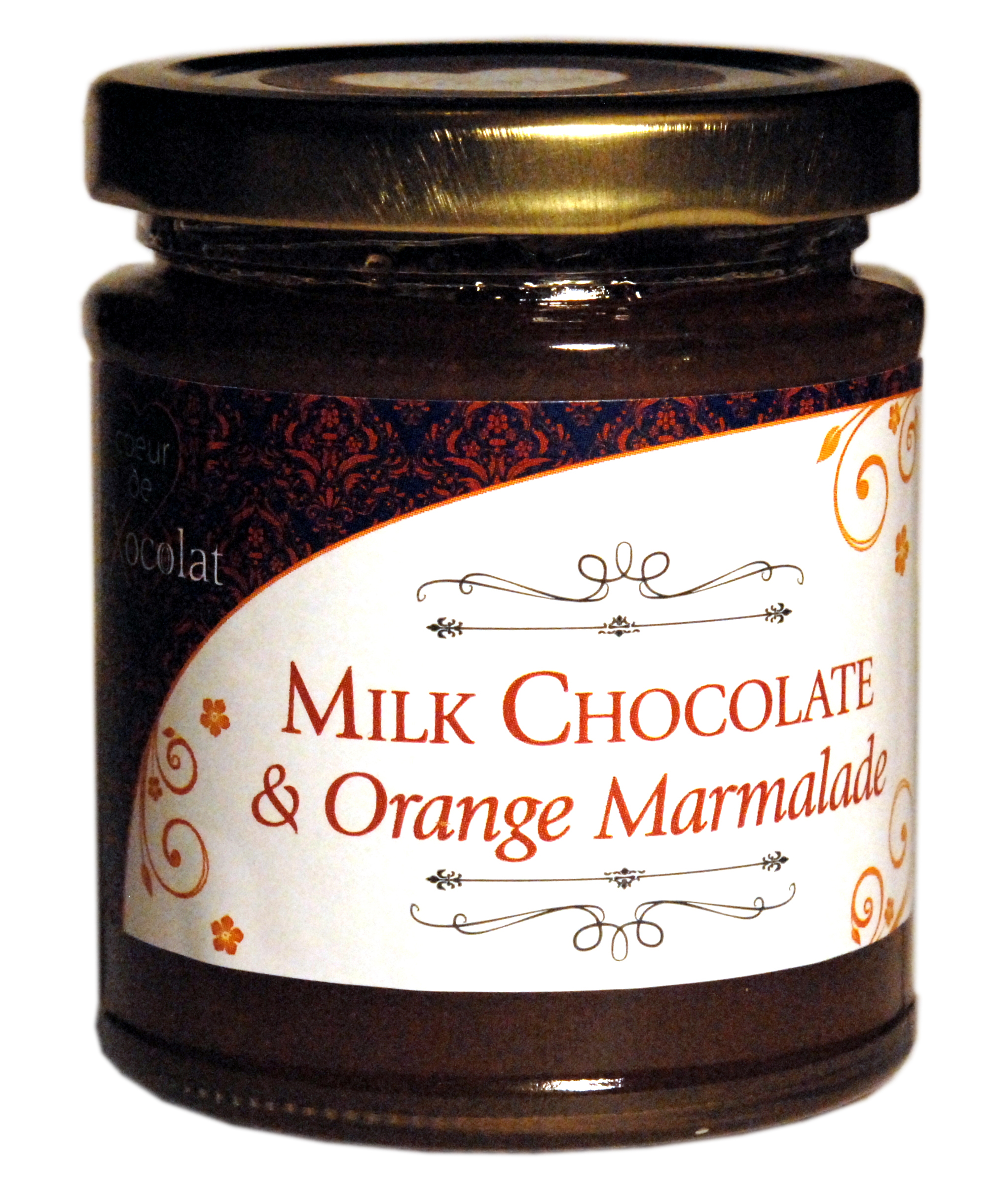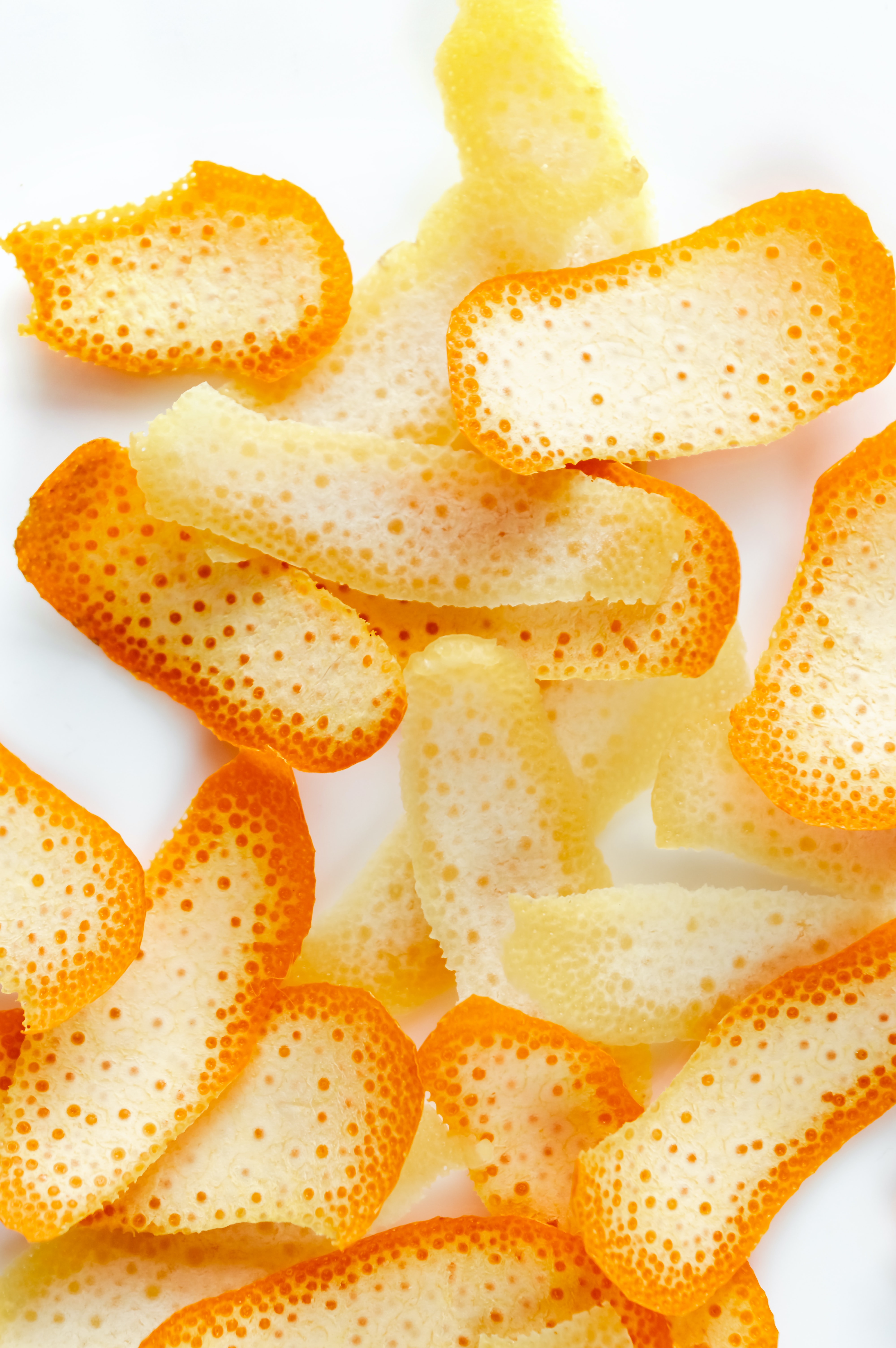 Marmalade is rather like a citrus-based jam, with pieces of citrus peel and fruit suspended within the set mixture. Originating from Roman times, marmalade can be made using a wide range of citrus fruits, but it is usually made from oranges. The process to make marmalade involves boiling the juice and peel of citrus fruits with sugar and water. Typically, marmalade is clearer in colour and has a chunky texture from the pieces of included peel.
Marmalade is rather like a citrus-based jam, with pieces of citrus peel and fruit suspended within the set mixture. Originating from Roman times, marmalade can be made using a wide range of citrus fruits, but it is usually made from oranges. The process to make marmalade involves boiling the juice and peel of citrus fruits with sugar and water. Typically, marmalade is clearer in colour and has a chunky texture from the pieces of included peel.
Types of Marmalade
There are a few varieties of marmalade textures, each catering to different personal preferences. Amongst the most popular are:
Thick Cut: The orange peel in the mixture is cut into thick chunks, creating a tangy, bitter flavour. Our Classic Breakfast Thick Cut Marmalade is the perfect choice for those who prefer a richer, deeper flavour that is full of character.
Thin Cut: The orange peel is shredded finely, resulting in a softer flavour and texture. Our Classic Orange Thin Cut Marmalade is ideal for those who prefer a more delicate marmalade.
Vintage: This type of marmalade is left to mature, resulting in a denser, richer flavour.
Black: Made by adding brown sugar or black molasses, giving it a darker hue and more intense flavour.
Difference Between Jam and Marmalade
Jams are made from one type of fruit or vegetable, whereas marmalade must use a citrus fruit in its preparation. Jams use the entire fruit by crushing, pureeing, and cooking, whereas marmalades consist of the citrus peel, pulp, and juice (not the whole fruit).
So, in short, here’s your cheat sheet:
Jelly: Fruit juice + sugar
Jam: Chopped or pureed fruit + sugar
Marmalade: Whole citrus (either chopped or left intact) + sugar
Common Questions About the Difference Between Jam and Marmalade
- Q: Why is it called marmalade and not jam?
- A: The word “marmalade” is borrowed from the Portuguese “marmelada.” Marmalades contain the peel of the fruit as opposed to the whole fruit, which jam is made from.
- Q: Is marmalade just orange jam?
- A: No, orange jams use the entire fruit by crushing, pureeing, and cooking, whereas marmalades consist of the citrus peel (not the whole fruit).
- Q: Is marmalade healthier than jam?
- A: Both jam and marmalade are marginally healthier than jelly, which is made with fruit juice and lacks the fibre from fruit pieces. Marmalade and jam have similar nutritional properties, making them comparable in terms of healthiness. Both are high in vitamins such as vitamin C, low in fat, low in sodium, but tend to be high in sugar.
- Q: What makes a jam marmalade?
- A: Jams are made from one type of fruit or vegetable, whereas marmalade must use a citrus fruit in its preparation. Additionally, jams use the entire fruit by crushing, pureeing, and cooking, while marmalades consist of the citrus peel (not the whole fruit).
- Q: What do the French call marmalade?
- A: The French call marmalade “confiture.”
- Q: Is jam and jelly the same?
- A: No, jam is made with chopped or pureed fruit, whereas jelly is made with fruit juice.
Conclusion
Marmalade is a versatile and beloved spread with a rich history and a delightful array of flavours and textures. Whether you prefer it thick or thin, traditional or with a modern twist, there’s a marmalade to suit every palate. Explore our selection and discover the perfect marmalade to add a touch of citrus magic to your day.
